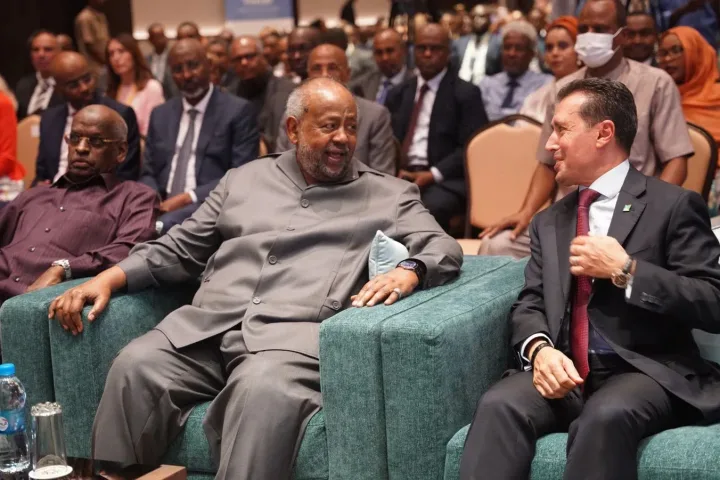Latest surveys by the United Nations Children’s Fund (UNICEF) and the National Bureau of Statistics has indicated that Imo state has the lowest number of out of school children with 1%, followed by Ekiti with 2%.
Join our WhatsApp ChannelWhereas Kebbi state has the highest number with 65% followed by Zambra and Bauchi with 61%.
UNICEF Chief of Data Mr Claes Johanson, stated this during a presentation of the Multiple Indicators Cluster Survey (MICS)6 at a two- day media dialogue on Tuesday in Port Harcourt.
Mr Johanson explained that the survey was the first major household survey conducted in Nigeria after the COVID-19 in Nigeria.
He explained that 3,500 household were interviewed (over 1000 per state) making it one of the largest surveys worldwide and stressed that the MICS was expanded from 28 indicators in the first round to 200 in the current sixth round.
UNICEF chief of Data said other indicators from the survey shows that only 27% of children and adolescents aged 7-14years have foundational reading skills while 25% have foundational numeracy skills.
Mr Johanson identified increasing population growth as a factor threatening positive impact on the out of school trend, he added that 1 out 4 Nigerian children between the ages of 7 and 14years are out of school while only one out of 4 actually learn in schools.
“For the first time we are looking at children that are actually learning and and we see that only 25 per cent at grade level in terms of reading and mathematics and 1 out of 4 children don’t even go to school so the number of out-of-school children is still 1 in 4 and that’s the same as 5 years ago so investment in education is the most important thing” He stated
On other aspect of the survey, Claes said Child marriage in Sokoto state had reduced, according to him , child marriage used to be 1 in 4 but now it’s 1 in3 girls that marry before the age of 18 .
“Overall we see that the child marriage drop a lot ,so sokoto has improved on that more than the other states, so we are here to find out so that other states can learn what others are doing well in terms of reducing the age of child marriage “
UNICEF Communication Specialist, Geoffrey Njoku, said MICS 6 is an improvement on previous survey conducted 5 years ago.
He explained that the media dialogue was organised to look into factors responsible for poor indices specifically as to why some lingering challenges still remain in some parts of the country.
” We have some good figures and we also have some that are not so good so we want to know why some of these indices are not very good we have to look at it from ,could it wrong identification of application of funds ,could it be non-application ,could it also be wrong identification of where to apply the funds.”
Mr Njoku called for more actions, better interventions to make significant difference in reducing the number of out of school children in states with prevalence.
Over 50 media practitioners attended the media dialogue organized by UNICEF in collaboration with the Federal Ministry of information.















Follow Us